By G. L. Pease
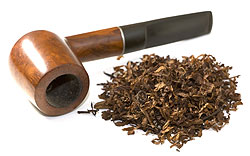 It’s almost universally accepted that different pipes can smoke differently and taste unlike one another. Much talk about wood sources, curing methods, airway diameters, stem funnels and cycles of the moon as they affect the way our favored tobaccos taste can be found scattered all over the Interwebs, and even, occasionally, in the darkened back rooms of our local tobaconnists’ shops.
It’s almost universally accepted that different pipes can smoke differently and taste unlike one another. Much talk about wood sources, curing methods, airway diameters, stem funnels and cycles of the moon as they affect the way our favored tobaccos taste can be found scattered all over the Interwebs, and even, occasionally, in the darkened back rooms of our local tobaconnists’ shops.
But, what about pipe shapes? Many of us develop a preference for a certain shape, or at least a family of shapes. When thinking about the influences that lead me to grab a particular pipe in a given situation, it occurred to me, rather late in my career as a pipeman, to question whether my preference for shape is dictated by the way that shape smokes a certain tobacco, or if my taste for that tobacco was cultivated because of the pipe’s shape. (I’m addressing mostly classic shapes, here, with the idea that most examples of any classic will have fairly similar bowl geometries. For modern shapes, it’s what’s bored out of the wood that we’re interested in for the purpose of this discussion.)
Okay, this all may seem a little Lucy in the Sky, but humor my meanderings; my mind heads off in strange and digressive directions sometimes. This whole thought process actually started some years ago when I "discovered," contrary to widely accepted convention, that I really enjoyed the way Virginia flakes tasted in wide bowled pipes, specifically, in this case, a GBD 9493, the large-headed love child of a classic Lovat and a moderate Pot. At the time, I was working with John Gawith to develop my limited edition Stonehenge Flake, and was exploring the final prototype in every conceivable pipe in order to really understand all the nooks and crannies of the tobacco’s inner workings.
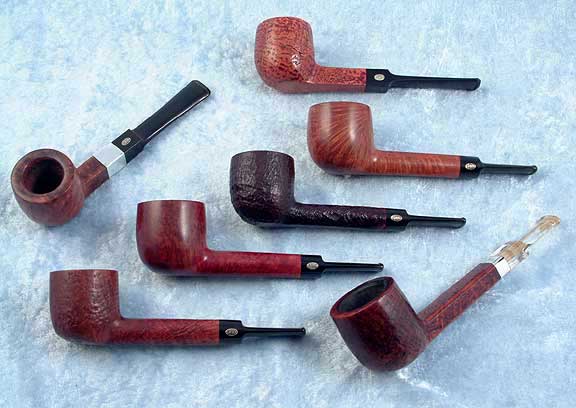
According to almost every pipester I’d ever spoken or corresponded with on the subject, "flake pipes" are generally thought of as small bowled, often with tapered chambers. Getting a group of pipe smokers, however carefully selected, to almost universally agree on anything is never an easy thing, so after hearing and reading this repeatedly, I accepted it as one of those incontrovertible truths – like the idea that sandblasted pipes smoke cooler than smooth ones, which, by the way, also just ain’t so, but that’s another topic.
But, when I filled the wide bowl of that pot, the antithesis of a "flake pipe," with Stonehenge, and lit up, bells rang. The flavors practically exploded, and the smoke was fantastic to the very end.
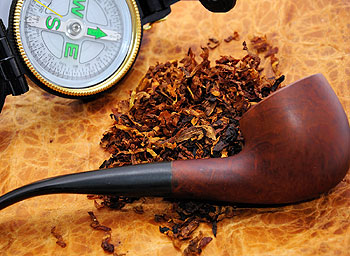 There are plenty of pipemen who will tenaciously cling to convention, insisting that a small, tapered bowl is best for a flake, or that a large pipe is best for mixtures, and on and on. Clearly, each smoker has developed, over the years, his own preferences, and has acclimated to those preferences. I, on the other hand, had never previously been much of a flake smoker, or a smoker of Virginia blends of any sort for that matter, and therefore had very little internal prejudice to influence my preference. I simply was chasing the experience, and for me, that experience was amplified by smoking this particular flake in a large, wide bowl.
There are plenty of pipemen who will tenaciously cling to convention, insisting that a small, tapered bowl is best for a flake, or that a large pipe is best for mixtures, and on and on. Clearly, each smoker has developed, over the years, his own preferences, and has acclimated to those preferences. I, on the other hand, had never previously been much of a flake smoker, or a smoker of Virginia blends of any sort for that matter, and therefore had very little internal prejudice to influence my preference. I simply was chasing the experience, and for me, that experience was amplified by smoking this particular flake in a large, wide bowl.
Many more experiments were performed, and consistently, for me, most flakes tasted better, sweeter, richer and more intense in wide bowls. So much for convention. And, it begs the question, are different shapes really better for different tobaccos, or might there be something else at play that has resulted in these conventions?
I’ve known quite a few guys who smoke almost nothing but a single shape, whether billiards, dublins, princes, or bulldogs. Their collections comprise variations on a single theme, with very few deviations. (One friend has a whole collection of saddle billiards, all nearly identical in size and shape.) These smokers will insist that theirs is the shape that work best for them, that delivers what they’re after from their tobacco of choice. (Oddly enough, there are people, too, for whom a single tobacco can satisfy, day after day. Not me. Spice of life, and all.)
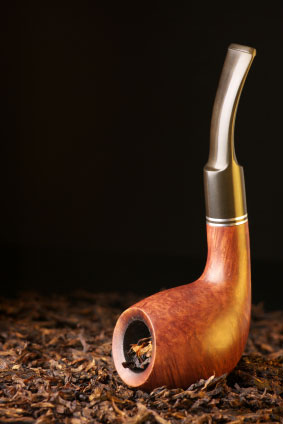 From this, it would seem a short hop to the conclusion that they’ve chosen their pipe shapes based on the way they smoke, but I think this deserves a look from the other side of the glass. Most beginning pipe smokers choose a pipe based on its appearance. This is what they’ll learn with, what they become accustomed to. Just as the foods we’re exposed to in our youth influence our tastes, to some extent, for the rest of our lives, these early pipe experiences can affect, even create the pipe smoker’s tastes.
From this, it would seem a short hop to the conclusion that they’ve chosen their pipe shapes based on the way they smoke, but I think this deserves a look from the other side of the glass. Most beginning pipe smokers choose a pipe based on its appearance. This is what they’ll learn with, what they become accustomed to. Just as the foods we’re exposed to in our youth influence our tastes, to some extent, for the rest of our lives, these early pipe experiences can affect, even create the pipe smoker’s tastes.
Perhaps what they end up preferring is a result of the habit of smoking the shape they were originally drawn to for purely aesthetic reasons. If a guy likes, and therefore starts off collecting and smoking princes, he’ll acclimate to the way they smoke, to the flavors they deliver, and that will likely end up being what’s right for him. If he smokes mostly a single type of tobacco in those pipes, he’ll probably ultimately come to think that this is the right combination. Hand him a tall smokestack billiard, or a dublin, with its tapered bowl, and he’s in new territory; it will certainly be different (that’s where we started, right?), and since we tend to be creatures of habit, difference isn’t always a good thing, even when it is arguably better.
But, when we open our minds to new possibilities, those differences can offer up a wonderful adventure. Prior to my GBD pot/Stonehenge experience, I’d been a dedicated small-bowl guy, preferring pipes with a U-shaped bowl of about group-3 to group-4 proportions. It’s what I’d gotten used to, what I liked. Suddenly, there were new possibilities on the horizon. I found myself chasing different shapes, different sizes, and exploring different tobaccos in them. It’s been, and continues to be an amazing journey, and my pipe smoking experience is richer for it. For me, finding those perfect combinations of pipe and tobacco is one of the greatest joys of the pastime.
Going back to the "flake in a small bowl" convention, can we really draw any conclusions about what shapes are best for what tobaccos? Probably not. The fact is, pipe smoking is a deceptively complex system that incorporates both physical and mental components. The tobacco chamber geometry and the design of the airway, the feel of the pipe in the hand, the way the smoker packs and puffs the bowl, mood, and even the weather conditions all have their influence, and relatively small changes can result in a major impact on the final experience. What works for one may be a dismal failure for another. (I’ve often said that if you ask 100 pipe smokers the same question, you’ll get at least 100 different answers, and they’re probably all right.)
The lesson, for me, that began with a single flake/pot experience is simply this: Just because something is traditional, found repeated on the lips of the crowd, or written in the voluminous codex of Conventional Wisdom, doesn’t mean it’s going to be true for you. Break with tradition. Chop that mixture into powder, and smoke it in a clay. Cut your flake into cube-cut. Try something new. There might be something really exciting waiting behind a door you’d never thought to open.
Your turn.
-glp
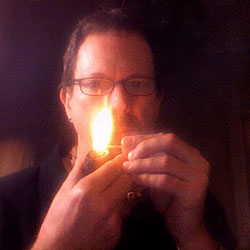
Since 1999, Gregory L. Pease has been the principal alchemist behind the blends of G.L. Pease Artisanal Tobaccos. He’s been a passionate pipeman since his university days, having cut his pipe teeth at the now extinct Drucquer & Sons Tobacconist in Berkeley, California. Greg is also author of The Briar & Leaf Chronicles, a photographer, recovering computer scientist, sometimes chef, and creator of The Epicure’s Asylum. |




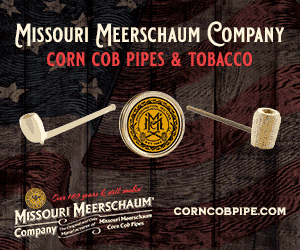





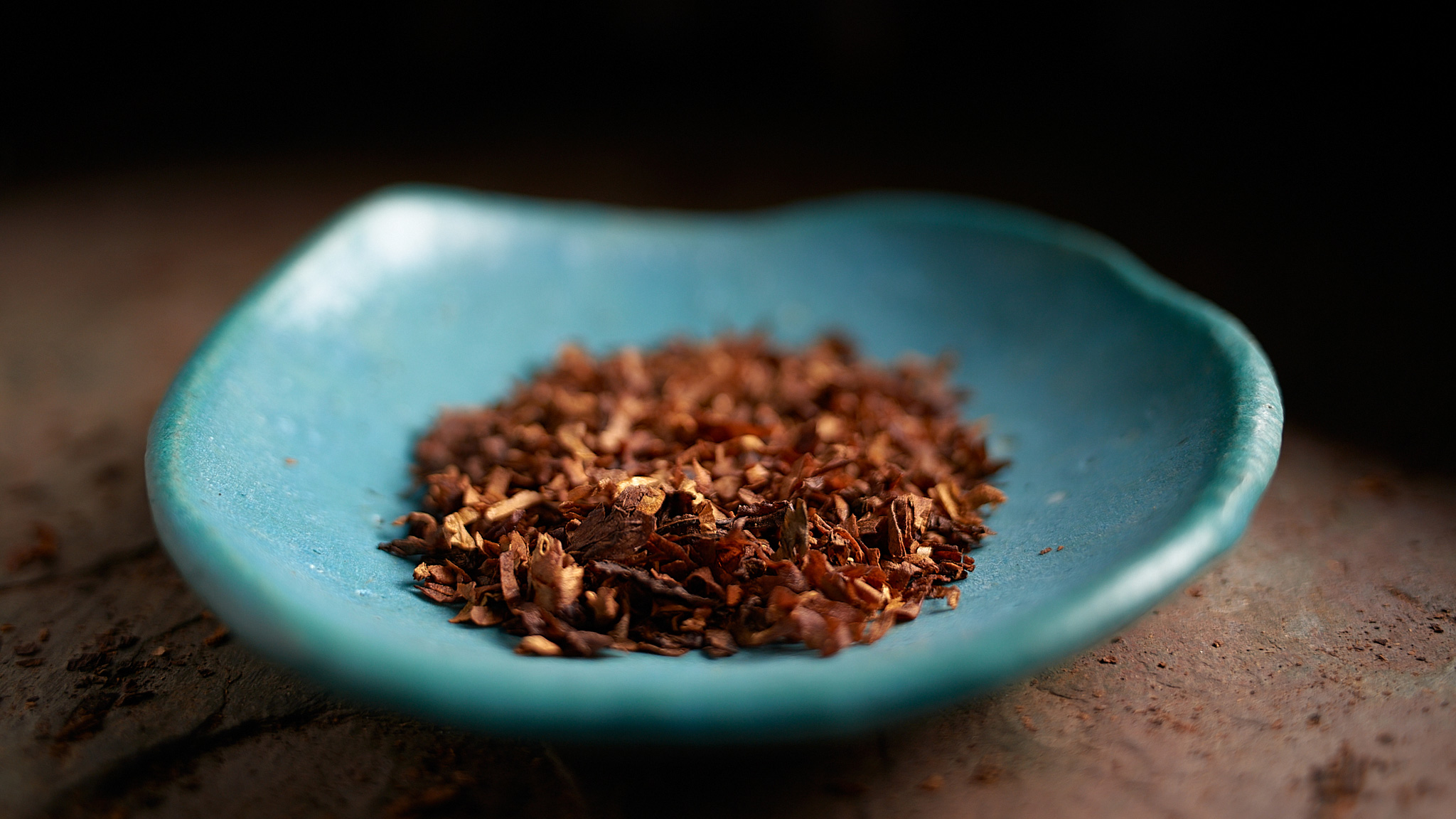
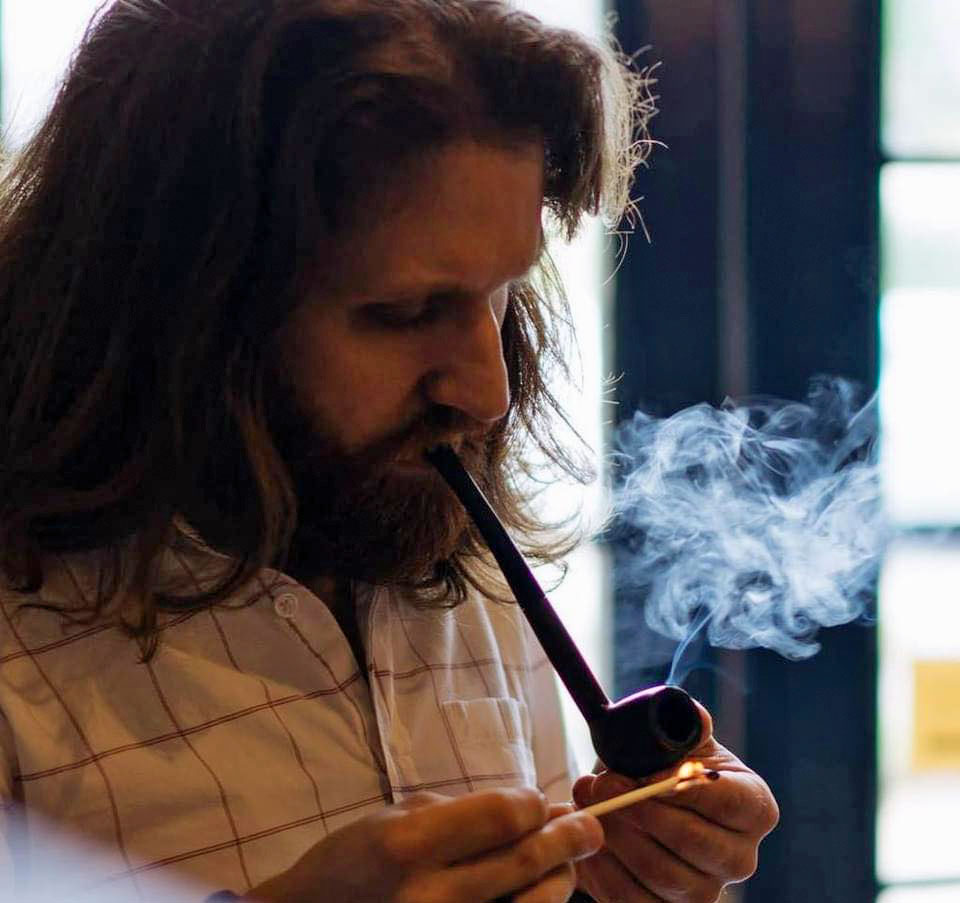







Oh! YOU ICONOCLAST!
(I’ll have to give it a try. tee-hee.)
Great article Greg!
This is one of the great things about pipe smoking; how the same exact tobacco will taste differently in different pipes.
It can keep pipe smoking new and fresh because you can always try different combination’s of tobacco and pipes to get a different perspective of that particular blend.
Sometimes it can be very, very subtle. But other times it can grab you by the shirt collar and shake you around a bit and make you say WOW!
Dear Greg: As always your comments and observations are enriching. I appreciate your example of thinking outside the conventional box. After all, the MOST important part of the art of pipes and their smoking is the individual enjoyment and relaxation one gets. In the grand scheme of things, I think it is most important, over everything else, for the pipe smoker to enjoy the pipe, tobacco, and method which gives maximum enjoyment. Thanks and cheers.
Stephen Spring
Thanks, gents. We’ve all got to find what’s right for us. It’s just part of the pleasure!
Thanks Greg. You are absolutely on target with this issue. So
much of the Pipe Experience is the discovery of personal preference,
where experience is the best resource. We tend to promote what we find
enjoyable, which is our nature. Traditional wisdom often reflects this.
It’s not a bad idea to listen to it, but always evaluate what you learn
based on your own experiences.
Hi, Greg,
I have to admit: I’ve been smoking flake tobaccos in medium- to large-bowled pipes for years, with great pleasure. Thanks for an interesting, educated take on this question!
I have around a hundred pipes of every conceivable shape and size. I’ve always just bought a pipe because I fancy the way it looks rather than because I need more pipes with a certain size bowl, or length of stem or whatever.
Now, I only smoke one tobacco, a blend I make up of different over-the-counter blends- but what makes me choose a certain pipe or other is how rich I feel, or how much tobacco I’ve got in stock.
If I’ve just taken delivery of a pound or so of tobacco, I celebrate by filling one of my big-bowled pipes. I love the ample volume of smoke I get, plus that the bowlful will last for several lightings.
But when tobacco levels are running low, I switch to a pipe with a little bowl, and limit my consumption by just having little short smokes.
I love my blend in whatever pipe I smoke it!
Cheers!
The late PeterWD christened me potboy because of my liking of that under appreciated shape (in the Industrial Age in Britain, a potboy carried the pots of beer to foundry workers and tended to the slag under the iron pots wrapped in a wet sack),
I bought my first one – a ’62 Dunhill root – because no-one wanted that shape and it flew under the radar but since then I’ve collected Barlings, Talismans (Barling second), Weingotts, more Dunhills and even a Peterson meer.
They smoke flakes exceedingly well but where they really score over a narrower bowl for me is in smoking “English” mixtures (see Neill Archer Roan’s articles in Passion for Pipes):
http://www.apassionforpipes.com/neills-blog/2010/10/31/how-and-why-chamber-geometry-impacts-tobacco-flavor.html
http://www.apassionforpipes.com/neills-blog/2010/10/28/finding-that-magic-fit-between-pipe-and-tobacco.html
The pot used to be a well kept secret but a friend of mine spilled the beans (hint – think GBD and Castello 55!).
Thanks Greg. Your article caused me to take a fresh look at my pipe collection. I noticed that, over the years, I’ve gathered a wide variety of bowl and stem styles that suited my evolving tastes at time of purchase. Now, they are all considered cherished friends but each with a his own distinct personality. The subtle (or not so subtle) differences keep the relationships fresh. You consistently offer new perspectives that are always appreciated.
Another good article and many thanks.
I’ve always believed that trying new pipes, from carvers, companies, shapes and so on, and tobacco blends can only increase the enjoyment of pipe smoking.
For me the adventure continues.
I’m with yo Gregg on the volumnous combinations of pipe shapes and tobaccos. I feel that on any given day anything smokes great in a couple of Dad’s pipes. Dad quit smoking about 20 yrs ago and turned over some things to me. A couple of my favorite are two Wally Franks; a bulldog and a zulu/dublin shaped thing. Smoking that zulu as we speak! Now, I’m thinking that these pipes that I am still smoking are so well seasoned that tobacco can’t help but be wonderful,on any given day. Is it the nostalgia? Is it that fact that they were Dad’s? Is it that they are Wally Franks and are known to have been really decent everyday smokers?
At the same time a newer $100 or more or less, pipe with a few months on it may be just as fantastic. Why? Because it’s newer and fresh? Who knows? I believe that it’s the mindset of the pipester on any given day!
Completely off topic. Sorry Gentlemen haven’t bought my first pipe yet but love the look of the pipe in the picture above with the compass in it! Looks like some sort of billiard with a medium size bowl and flat finish. I think I need one. Can the author or anyone else know what it is? Thanks.
Well, I agree with Greg. I recently began experimenting with different shaped pipes or more correctly bowl shapes for different tobaccos. Normally I smoke English/Oriental blends, & i find pipe size and shape doesn’t make a lot of difference to a blend I like. But with my occasional flakes a small pot type, or cube shaped bowl, (Neil Archer article), does really seem to do the job and open up the flavor.
But I also find that an English/Oriental with a substantial Virginia base is also improved by the cube shaped bowl.
Maxim
http://www.pipe2smoke.com